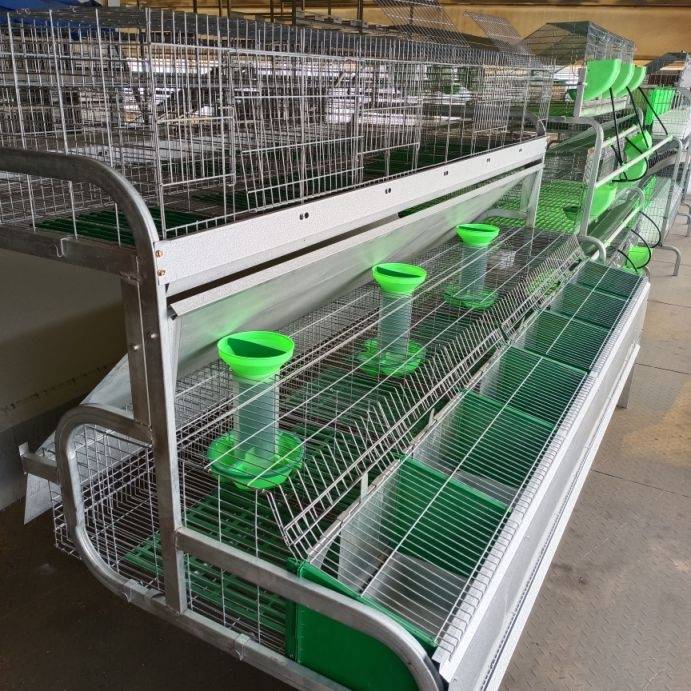self loading feed mixer
ធ្នូ . 24, 2024 16:58 Back to list
self loading feed mixer
The Importance of Self-Loading Feed Mixers in Modern Agriculture
In recent years, advancements in agricultural technology have transformed the way livestock farming is conducted. Among these innovations, self-loading feed mixers have emerged as critical tools that enhance operational efficiency and productivity on farms. These machines are designed to automate the process of feeding livestock, which is vital for maintaining animal health and optimizing feed usage.
Self-loading feed mixers combine two essential functions they load feed ingredients directly into the mixer and blend them thoroughly to provide a balanced diet for animals. This dual capability simplifies the feeding process, allowing farmers to save valuable time and labor. Traditionally, feeding livestock was a labor-intensive task that required multiple machines and significant human effort. With self-loading feed mixers, farmers can achieve this with a single machine, which ultimately reduces operational costs and increases efficiency.
The Importance of Self-Loading Feed Mixers in Modern Agriculture
Moreover, self-loading feed mixers enhance the precision of feed mixing. Modern models are equipped with advanced technology that allows for accurate measurements of each ingredient, ensuring that the feed ration meets the nutritional requirements of the livestock. This precision not only promotes healthier animals but also minimizes waste, as farmers can effectively utilize their feed resources without over or underfeeding.
self loading feed mixer

Another significant advantage of self-loading feed mixers is their contribution to better farm management. With the ability to program various feed recipes, farmers can easily adjust the dietary needs of their animals based on growth stages or production demands. This flexibility is crucial in a dynamic agricultural environment where conditions and requirements can change rapidly. Farmers can respond promptly to these changes, thereby optimizing their livestock's performance and productivity.
In addition to their operational advantages, self-loading feed mixers are designed with user-friendly features that make them accessible to a broader range of operators. Many models come with intuitive controls and can be operated by individuals with minimal training. This ease of use diminishes the skill barrier, allowing more people to participate in farm operations and contributing to a more versatile workforce.
Furthermore, self-loading feed mixers promote sustainability in agriculture. By improving feed efficiency and reducing waste, these machines help in minimizing the environmental impact of farming operations. Sustainable practices are increasingly becoming a priority in modern agriculture, and the use of technology like self-loading feed mixers aligns with these goals.
In conclusion, self-loading feed mixers represent a significant advancement in livestock farming. By automating the loading and mixing process, these machines save time, reduce labor costs, and enhance feed accuracy, which ultimately leads to healthier animals and increased productivity. As agriculture continues to evolve, the importance of such technological innovations cannot be overstated. Farmers who invest in self-loading feed mixers are likely to see not only improvements in their operational efficiency but also sustained growth in their agricultural productivity in the long run. The future of farming is undoubtedly linked to the integration of advanced equipment like self-loading feed mixers, paving the way for a more efficient and sustainable agricultural landscape.
-
High-Quality Poultry Cages for Efficient Layer Farming Trusted Supplier
NewsApr.29,2025
-
Automatic Pig Feeding System Efficient Livestock Management Solutions
NewsApr.29,2025
-
Feed Chaff Cutter Machine Multifunctional & Efficient Crop Processing
NewsApr.29,2025
-
Right Poultry Farm Equipment Premium Cages & Automated Machines
NewsApr.29,2025
-
Manure Scrapper System Efficient Cleaning & Automated Feeding Solutions
NewsApr.29,2025
-
Premium Pig Fattening Pens Durable & Spacious Livestock Solutions
NewsApr.29,2025






